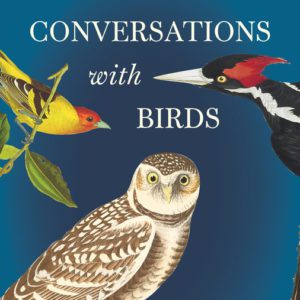
Conversations with Birds charts my transformative encounters with birds over the course of two decades. Whether I am observing the mango-colored western tanager or the prehistoric-looking long-billed curlew, I want the reader to be able to enter this book and sense a real possibility of developing an intimacy with the natural world. In these essays, I animate myself only to the extent that I can serve as a hiking companion and crack a door open for you.
It has been a pleasure over the last couple of months to get responses from readers who are identifying with the work at a philosophical level. Some send me sentences from the book “that jump out” at them. One reader, for instance, sent me her gratitude for this sentence:
“In birding, there is a forgetting, a coming out of oneself, while paradoxically also a going deeper into oneself.”
Conversations with Birds is an experiential book, and I couldn’t have written it without spending many years in California and New Mexico, obsessively listening to the “drumbeats of the Earth.” I am an author who is also a naturalist, and it is perhaps not surprising that my work is rooted deeply in place. As I was putting together this reading list, it became clear to me—and this took my breath away—that I have long gravitated toward books that know where they are situated. Here are some fine examples:
***
The Bookshop by Penelope Fitzgerald
I recently reread The Bookshop which ought to be a classic if it isn’t one already. Fitzgerald was a practitioner of concise prose that resonates over vast distances. At the end of the first chapter, Florence Green has been trusted in one instance—”and that was not an everyday experience in Hardborough.” Trust is something we all crave, and it says a lot that in the village of Hardborough, people do not trust easily. Florence wants to open a bookshop, but she’ll have to earn the trust of her neighbors. Will she? Fitzgerald’s novels function not only on the level of plot, but also on a metaphysical level, which is why I can reread them and distill new insights.

The Man Who Planted Trees by Jean Giono
Ralph Waldo Emerson once wrote, “The creation of a thousand forests is in one acorn.” The French author Jean Giono brings this aphorism to life and illustrates how one man’s generosity can rejuvenate an entire ecosystem; reading this fable feels like re-setting one’s heart and mind, and understanding why an accountability toward the Earth is not only an obligation, but a gift.

The Blue Sky by Galsan Tschinag (translated from the German by Katharina Rout)
It feels like I read this book in one sitting, though I surely must have gotten up at some point to get tea. The mountainous setting of this northern Mongolian village is so palpable that I easily slipped into the connection a young shepherd boy feels for his animals, his grandmother, and their nomadic way of life; sensing modernity tearing away at the fragile beauty of traditional ways broke my heart.
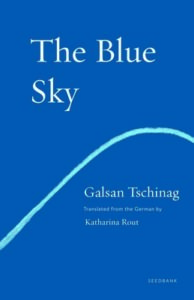
The Snow Leopard by Peter Matthiessen
One of my favorite travelogues, this book maps not only the landscape of the elusive snow leopard and the Himalayan blue sheep, but also charts the landscape of Matthiessen’s mind— and the ways in which Buddhist thought helps him navigate turbulence. The difference in the personalities of Matthiessen and his traveling companion, biologist George Schaller, can be hilarious and revelatory.
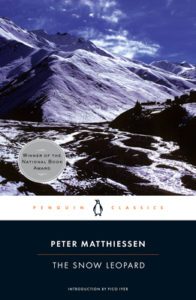
Letters on Cézanne by Rainer Maria Rilke
Rilke’s letters brought me closer to Cézanne and his studio than ever before: How the painter saw a mountain (as well as Moses) or the color blue; his taste for work; and a kind of rage that he grappled with. Now when I encounter a Cézanne painting, I stand rapt before it with fresh eyes. If only more writing about art could decode color and line with such brilliance!
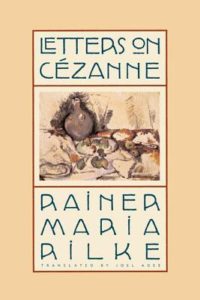
The Man-Eater of Malgudi by R.K. Narayan
I have been thinking about how we’re unable to sink into time anymore because our days are splintered by technology. If you want to enter another (very real) dimension of time, walk into the lobby of a printing shop in Malgudi, and meet some friends and extreme hangers-on; there are few better places to travel to if you like to sink into time, and R.K. Narayan is an endearing and trustworthy guide.
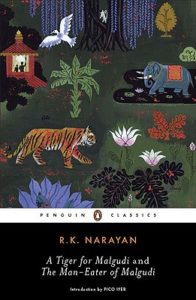
Tarka the Otter by Henry Williamson
It is a rare book in which the preface alone is worth the price of admission. “I began to write about 10 p.m. when things were quiet, and continued for three, four, sometimes five hours, while nursing the baby in the crook of my left arm,” Williamson writes. I welcome books that open with men writing while taking care of babies. Karl Ove Knausgaard covered some of this territory, but Williamson’s account in his preface is both comic and tender. The rest of the book indelibly follows the life of Tarka the otter, and Williamson has a boy’s deep love of the English country.

Devotion by Patti Smith
Patti Smith rocks my boat. Consistently. I scarcely know another contemporary artist whose sensibility strikes such resonant chords within me. I recently reread Devotion and marveled at how the ways in which she and I experienced Paris, decades apart, have many points of connection—how could I have not anticipated that she too would fall under the spell of Patrick Modiano? One of these days, I will treat myself to Smith’s newest, A Book of Days.
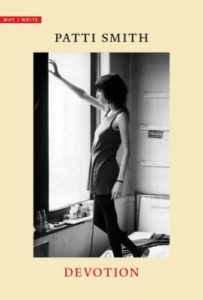
Duino Elegies by Rilke, Translated by Alfred Corn
Forgive me for invoking Rilke again but I am rapturously reading this intelligent new translation of the Duino Elegies. The introduction by Alfred Corn luminously revisits the place where Rilke began writing these elegies. Recently, at the breakfast room of a historic house, I told an aspiring poet about Corn’s translation. “My favorite is the eighth (elegy),” the poet responded. I didn’t fess up, but my favorite is the first.
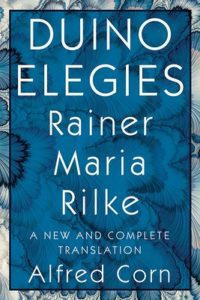
Florida by Lauren Groff
One recent afternoon I was at my local bookstore, signing copies of Conversations with Birds. Later I rewarded myself with browsing. In between glancing at which Kingsolver titles the bookstore was carrying (several) and which ones by Shirley Hazard (only one), I came upon a book that I looked at closely. Florida by Lauren Groff. This was my impulsive buy, in part because of the imaginatively rendered panther on the cover, but also because Groff’s characters sometimes literally circle around place—which appeals to me.
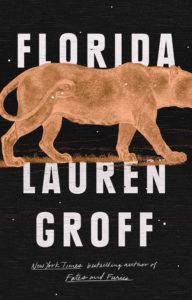
***





